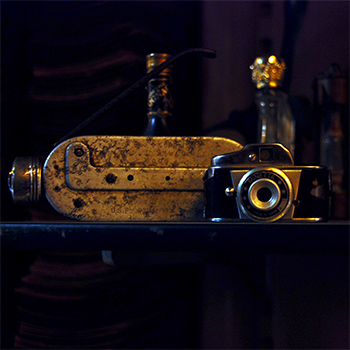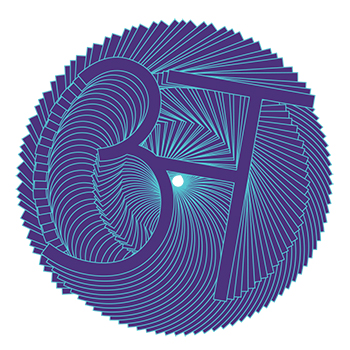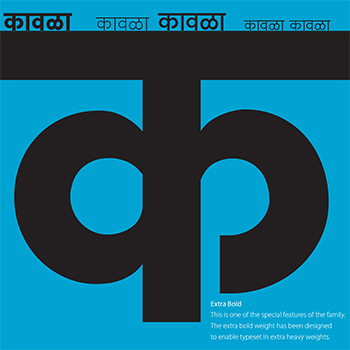Kimya Gandhi is a type designer from Mumbai with a passionate interest in Indic type design. She is an alumnus of National institute of Fashion Technology and Industrial Design Centre, IIT Mumbai. She got her professional start interning at Linotype in 2010. Over the next few years she freelanced for several type foundries catering to their multi-script requirements. In 2015, she became a partner at Mota Italic and now focuses on Indic and Latin designs for retail and custom corporate projects. She is currently living in Berlin, with a passionate interest in Indic letterforms and specialises in creating new and innovative Devanagari fonts. Kimya is a partner at the type foundry, Mota Italic, with her husband Rob Keller where they design custom and retail typefaces. Mota Italic has catered to a range of clients like Škoda, Audi, Apple, Google, to name a few. Kimya believes there is great potential to reinvent the type design learning environment in India and encourage Indian script typography.





